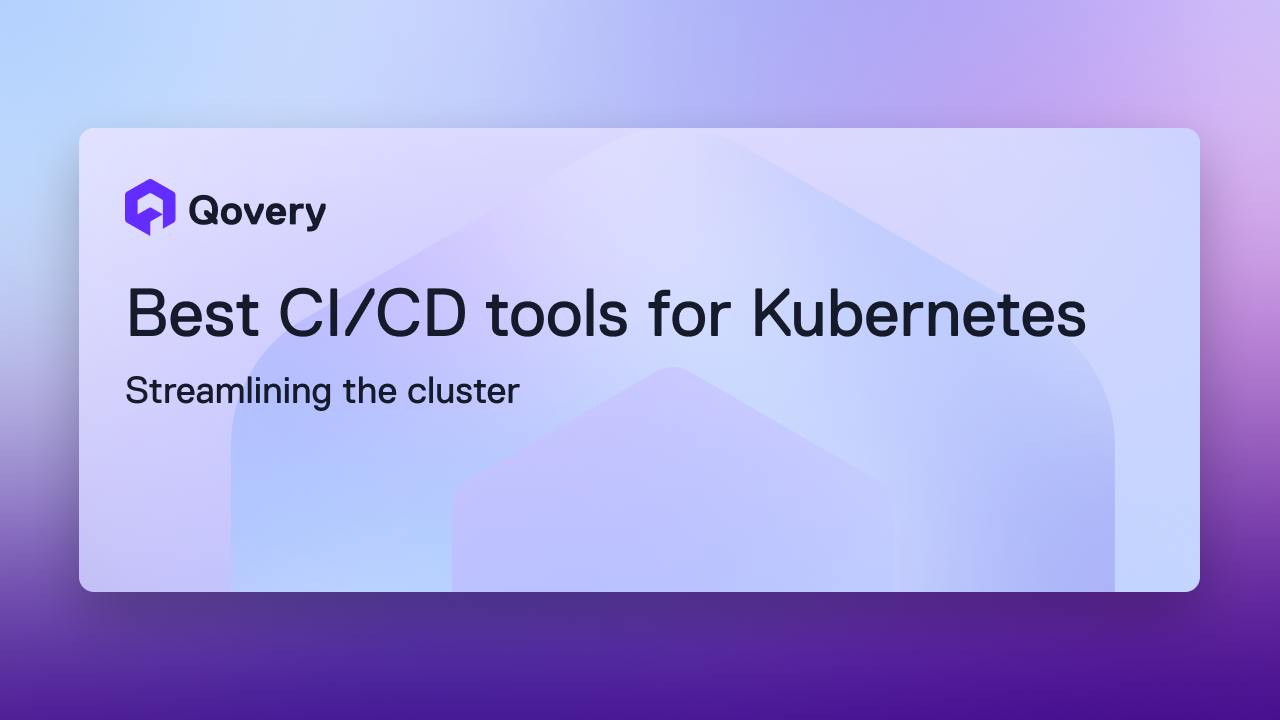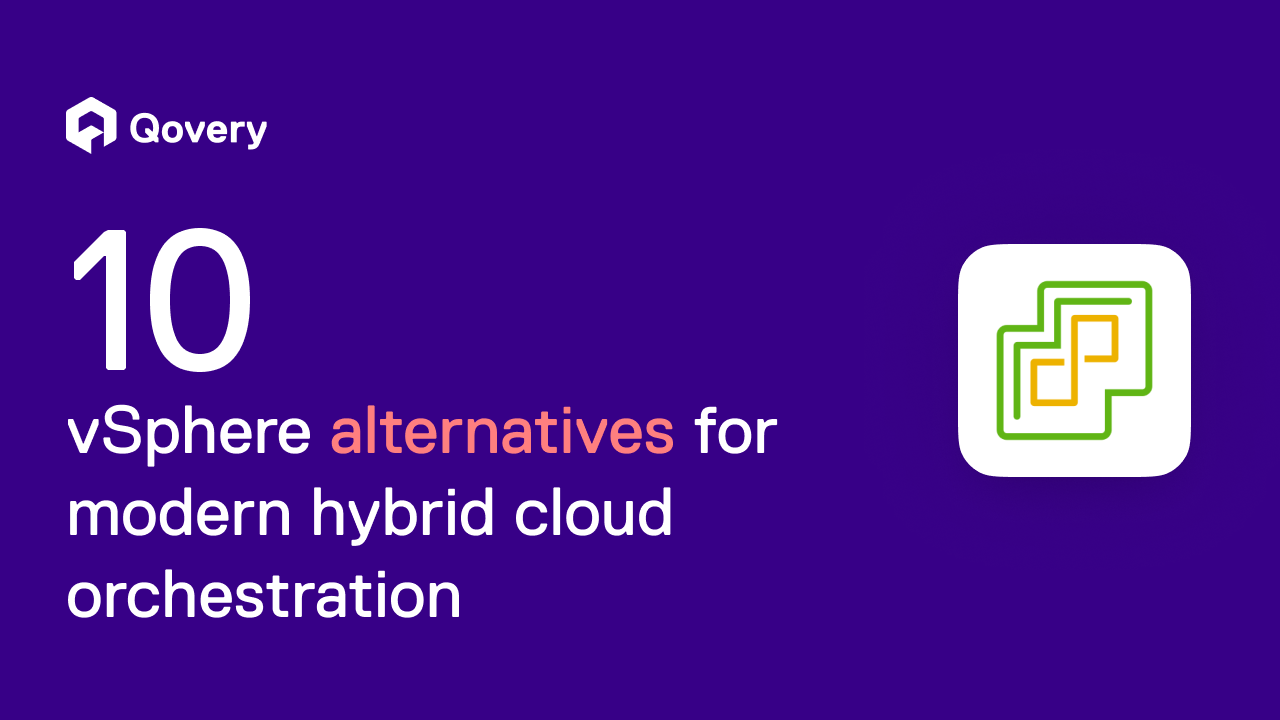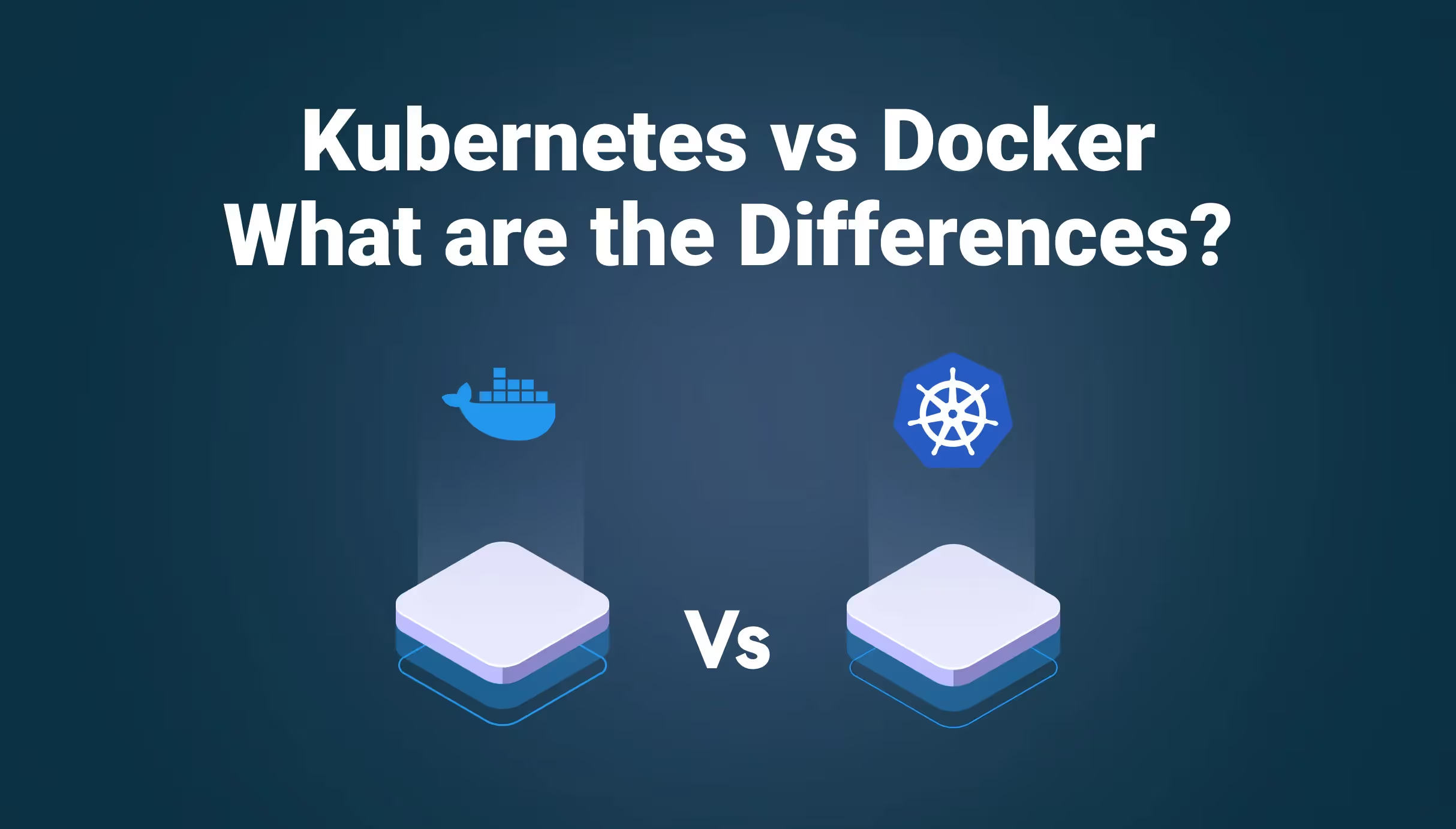
DevOps Maturity Assessment: A CTO’s Guide



What is the DevOps maturity model?
The DevOps Maturity Model is a diagnostic tool that allows organizations to gauge the sophistication of their DevOps practices. It charts a course from initial, rudimentary stages where processes are often manual and reactive, through to a mature stage where practices are automated, measured, and closely aligned with business goals. The model helps visualize the journey from deploying basic operational tasks to embracing a fully automated and culture-driven workflow that thrives on collaboration and continuous feedback.
Why assess DevOps maturity?
Evaluating the maturity of your DevOps practices is more than a performance checkpoint; it’s a strategic necessity that can dramatically influence your organization’s capacity to respond to market changes and innovate. Here are a few specific reasons why this assessment is critical:
- Optimized resource management: By understanding where you stand, you can better allocate technical and human resources. Less mature stages may require more hands-on management and gradual automation, while more advanced stages can leverage automation to free up valuable engineering time.
- Enhanced collaboration across departments: A maturity assessment often highlights how well your development and operations teams work together and where friction points lie. This insight is vital for promoting a culture of shared responsibility.
- Improved risk management: Identifying maturity levels helps in pinpointing vulnerabilities in your development and deployment cycles, allowing you to implement more robust security measures and risk mitigation strategies.
- Strategic planning and goal setting: Knowing your current maturity stage guides you in setting realistic objectives for process improvements and helps in plotting a roadmap for future advancements in your DevOps lifecycle.
- Competitive advantage: the ability to deploy rapidly and efficiently can provide a significant edge over competitors. A maturity assessment helps ensure that your DevOps practices contribute directly to faster time-to-market and higher-quality product releases.
How to measure your DevOps maturity
DevOps Maturity Matrix
Understanding the various levels of DevOps maturity is crucial before diving into the assessment process. Here’s a breakdown of each stage, which helps visualize your current position and potential growth trajectory:
- Level 1 (Novice): Processes at this level are reactive and mostly manual. Teams work in silos with minimal interaction between development and operations. Automation is virtually non-existent, and there’s little to no proactive management of development or operational procedures.
- Level 2 (Intermediate): At this stage, some automation is integrated into the workflow, particularly in repetitive tasks that do not require adaptive decision-making. Efforts are made to standardize processes across the organization. There’s an emerging recognition of the benefits of collaboration, though it’s not yet a seamless part of the culture.
- Level 3 (Advanced): This level is marked by robust automation across key operational areas including continuous integration/continuous deployment (CI/CD) and monitoring. There is regular, proactive collaboration between development and operations teams. The organization adopts a proactive approach to operations management, with a focus on optimizing existing processes and anticipating future needs.
- Level 4 (Elite): Organizations at this stage use predictive analytics to inform decisions and have achieved a state of continuous deployment. Processes are highly automated, and decision-making is data-driven. The culture fully supports ongoing innovation, driven by real-time data analytics and full/seamless integration across all departments.
Conducting a comprehensive assessment
A thorough DevOps maturity assessment involves several key phases:
Step 1: Preparation
- Define the scope: Clearly outline what areas of your DevOps practices you intend to assess. This could include deployment practices, automation levels, collaboration methods, etc.
- Set objectives: Determine what you hope to achieve with the assessment. Are you looking to improve speed, efficiency, or maybe security practices?
- Assemble the team: Include members from both development and operations to ensure a comprehensive view of current practices.
Step 2: Evaluation
- Current practices analysis: Conduct a thorough review of your existing DevOps practices. Look at your automation tools, CI/CD pipelines, monitoring systems, and how teams collaborate.
- Gather data: Collect quantitative and qualitative data from various sources, including deployment logs, performance metrics, and team surveys.
Step 3: Analysis
• Map findings to maturity model: Use the collected data to determine where your practices fit within the maturity matrix. This will help identify your current maturity level.
• Identify gaps: Highlight areas where your current practices do not align with the desired level of maturity.
Step 4: Action planning
- Develop a roadmap: Create a detailed plan to address the gaps identified. Prioritize initiatives based on their potential impact and feasibility.
Read more about How to build an effective DevOps roadmap: A CTO's guide - Set milestones: Establish clear milestones and timelines for reaching higher maturity levels.
Ten assessment questions and answers
To help in evaluating your DevOps practices across different maturity levels, consider these sample questions:
1. How often do you deploy to production?
- Novice: We deploy manually and less frequently, usually once every few months.
- Intermediate: We deploy monthly, often requiring significant manual processes.
- Advanced: We have automated several components of our deployment process, allowing us to deploy bi-weekly.
- Elite: We deploy on-demand, multiple times a day, through fully automated processes.
2. What is your change failure rate?
- Novice: More than 30% of our deployments result in some form of failure that impacts users.
- Intermediate: Our change failure rate is between 15% and 30%.
- Advanced: We experience a 0-15% change failure rate.
- Elite: Our failure rate is negligible due to robust testing and monitoring.
3. How do you manage configuration changes?
- Novice: Configuration changes are made manually and are not version-controlled.
- Intermediate: Some configurations are scripted, but engineers perform many aspects manually.
- Advanced: Most configurations are automated and stored in a version control system.
- Elite: All configuration management is automated, versioned, and routinely audited for compliance.
4. Describe your monitoring and alerting strategy.
- Novice: We have basic monitoring set up; alerts are only sometimes reliable or timely.
- Intermediate: We monitor core systems, and alerts sometimes require manual intervention to resolve.
- Advanced: Comprehensive monitoring and automated alerting systems cover all critical systems.
- Elite: We use advanced, predictive monitoring tools with automated response systems that often resolve issues before they impact users.
5. What is your approach to database management in development and operations?
- Novice: Databases are managed separately by development and operations, often leading to issues during deployment.
- Intermediate: We occasionally sync database changes between development and operations but need more systematic processes.
- Advanced: Database changes are managed through version control and integrate into the deployment pipeline.
- Elite: Fully automated database management processes ensure seamless integration and consistency across environments.
6. How do you handle post-deployment failures?
- Novice: We often roll back changes, which can be lengthy and risky.
- Intermediate: We have some automated scripts to handle specific failures, but manual intervention is often required.
- Advanced: We use automated rollback and fix-forward practices depending on the scenario.
- Elite: Failures are sporadic and are usually handled automatically with minimal or no downtime.
7. What is the level of collaboration between development and operations teams?
- Novice: The teams operate in silos with little interaction.
- Intermediate: There are regular meetings, but collaboration is still limited to specific projects or issues.
- Advanced: Teams are integrated into projects, fostering proactive collaboration.
- Elite: DevOps is fully embraced, with cross-functional teams working seamlessly.
8. How do you ensure the quality of your code?
- Novice: Developers check code quality manually before deployment.
- Intermediate: We use some automated tools to check code quality, but not consistently across all projects.
- Advanced: Automated code quality checks are integrated into our CI/CD pipelines.
- Elite: Continuous code quality monitoring and automated performance optimizations are integral to our development process.
9. Describe your approach to learning from operational failures.
- Novice: Teams log failures, but there is no formal process for learning from them.
- Intermediate: We review major failures in team meetings to identify lessons learned.
- Advanced: We conduct blame-free postmortems and systematically track and implement improvements.
- Elite: Continuous learning from failures is part of our culture, with real-time feedback mechanisms and adaptive changes.
10. How is your software development process aligned with business goals?
- Novice: There is little alignment; software development often occurs in response to immediate business pressures.
- Intermediate: Some projects align with business goals but must be more systematic across the organization.
- Advanced: DevOps processes align with business strategies, with regular reviews to ensure alignment.
- Elite: Our development strategy fully integrates with business objectives, driving innovation and efficiency at all levels.
How Qovery helps you boost your DevOps maturity?
Qovery seamlessly integrates into your DevOps toolchain, enhancing each maturity stage with its robust automation and management features. By simplifying complex cloud environments and CI/CD pipelines, Qovery helps engineering teams transition from manual setups to advanced, automated processes. This shift not only speeds up deployment cycles but also improves reliability and performance, essential for sustaining growth and innovation.
Key Features:
- Environment cloning: Quickly replicate environments for testing and staging without manual setup.
- Automated deployments: Reduce human errors and deployment times with fully automated workflows.
- Seamless cloud integration: Integrate effortlessly with major cloud providers, enhancing scalability and security.
Conclusion
DevOps maturity is more than a benchmark—it’s a comprehensive approach that influences how effectively your organization can respond to technological changes and market opportunities. By understanding and applying the principles outlined in the DevOps Maturity Model, and leveraging tools like Qovery, CTOs can ensure their teams are not just surviving but thriving in their dynamic tech environment.
Start enhancing your DevOps practices today by exploring Qovery’s capabilities!

Suggested articles
.webp)



.svg)
.svg)
.svg)












